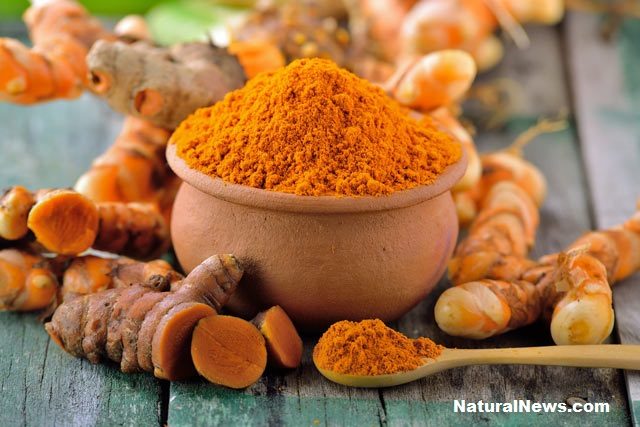Scientists have identified a new potential use for curcumin in bone health. It may be considered as a new treatment possibility for osteoarthritis and osteoporosis.
OSTEOPOROSIS
Osteoporosis is a chronic disease of the skeleton characterized by loss of bone mass and disruption of bone microarchitecture, increasing the risk of fracture. Nowadays, the incidence of osteoporosis is increasing rapidly in the elderly population, especially in postmenopausal women.
Bones go through a cycle of breaking down and rebuilding every few months. Cells called osteoclasts dissolve bone that is old and weakened. A different type of cells called osteoblasts rebuild the new bone to replace this old bone. As we age, the process slows down and older weaker bones stay in the body longer, leading to more frequent fractures.
The most popular osteoporosis drugs slow bone loss by blocking the osteoclasts. Their mechanism of action is to prevent breakdown of bone. The problem is- this keeps the weaker bone material in the body longer than normal.
But a study in 2013 found a use for curcumin in bone health, concluding it has therapeutic advantages for an antiresorptive effect on bone remodeling and improving bone mechanical strength. In other words, not only does curcumin stimulate new strong bone growth, but it prevents breakdown at the same time! Higher doses had a greater effect than low doses.
OSTEOARTHRITIS
Also known as degenerative joint disease or “wear and tear” arthritis, osteoarthritis (OA) is the most common chronic condition of the joints. This complex and multi-factorial disease evolves over decades and requires not only the alleviation of symptoms, i.e. pain and joint function but also the preservation of articular structure without side effects.
Cyclo-oxygenase-2 (COX-2) inhibitors are efficient anti-inflammatory agents commonly used in the treatment of osteoarthritis. However, some studies show increased cardiovascular risk with these medications. Curcumin is a natural alternative. The anti-inflammatory efficacy of curcumin has been demonstrated in several in vitro and animal models. The science is so strong that curcumin has been categorized as having preclinical evidence of efficacy.
Research also indicates that curcumin can help inhibit cell growth and downregulate COX-2 activity. In various cancers, COX2 is overxpressed (upregulated). Several studies have shown the ability of curcumin to suppress this activity, reducing tumor generation and cancer spread.
CURCUMIN
To utilize curcumin for healthy bones and joints, it is important to maintain a consistent supply of bioavailable curcumin. Since this nutrient is typically difficult to absorb in large quantities, we recommend a standardized highly concentrated extract.
References:
Rheumatology (February 2006) 45 (2): 171-177. doi: 10.1093/rheumatology/kei132 First published online: October 25, 2005 http://m.rheumatology.oxfordjournals.org/content/45/2/171.short
J Korean Neurosurg Soc. 2013 Dec; 54(6): 461–466. https://www.ncbi.nlm.nih.gov/pmc/articles/PMC3921272/
Springerplus. 2013; 2: 56. https://www.ncbi.nlm.nih.gov/pmc/articles/PMC3591524/
Biomed Res Int. 2014; 2014: 761608. https://www.ncbi.nlm.nih.gov/pmc/articles/PMC4176907/





